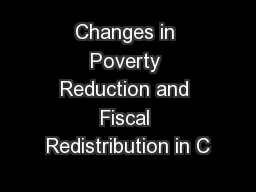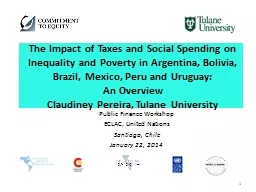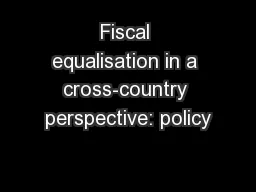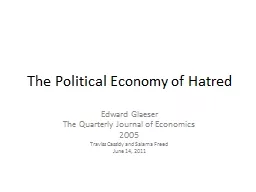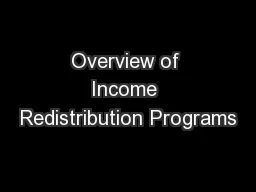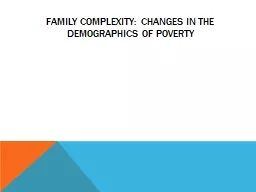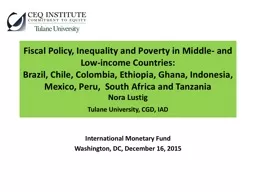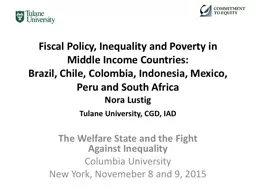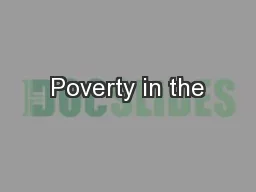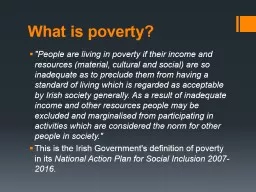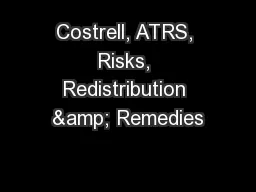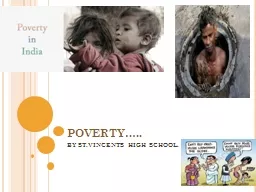PPT-Changes in Poverty Reduction and Fiscal Redistribution in C
Author : cheryl-pisano | Published Date : 2017-11-15
David K Jesuit Vincent A Mahler Central Michigan University Loyola University Chicago Paper prepared for delivery at the First Annual LISLWS Users Conference
Presentation Embed Code
Download Presentation
Download Presentation The PPT/PDF document "Changes in Poverty Reduction and Fiscal ..." is the property of its rightful owner. Permission is granted to download and print the materials on this website for personal, non-commercial use only, and to display it on your personal computer provided you do not modify the materials and that you retain all copyright notices contained in the materials. By downloading content from our website, you accept the terms of this agreement.
Changes in Poverty Reduction and Fiscal Redistribution in C: Transcript
Download Rules Of Document
"Changes in Poverty Reduction and Fiscal Redistribution in C"The content belongs to its owner. You may download and print it for personal use, without modification, and keep all copyright notices. By downloading, you agree to these terms.
Related Documents

